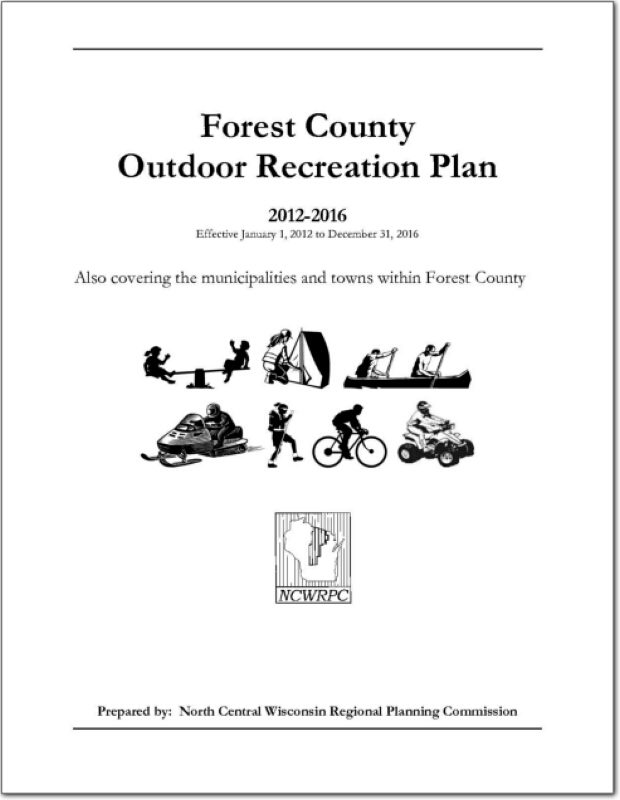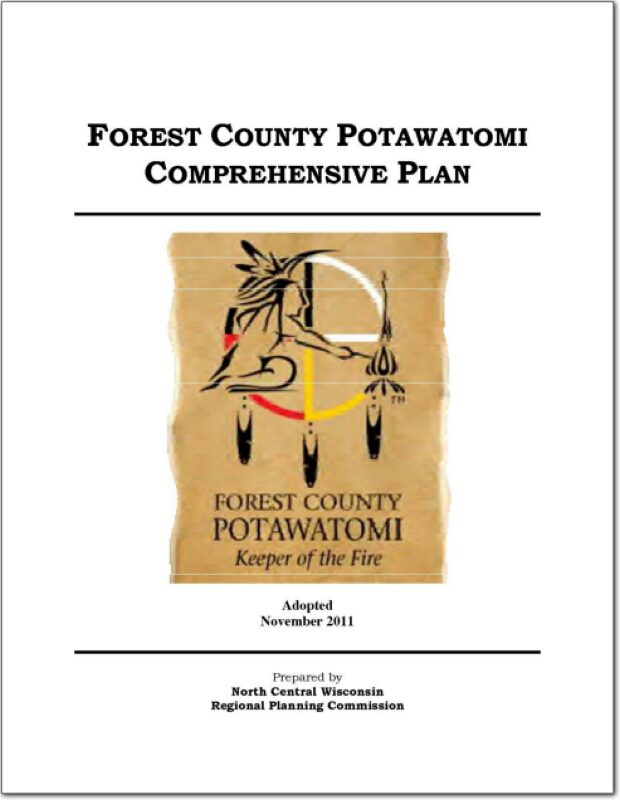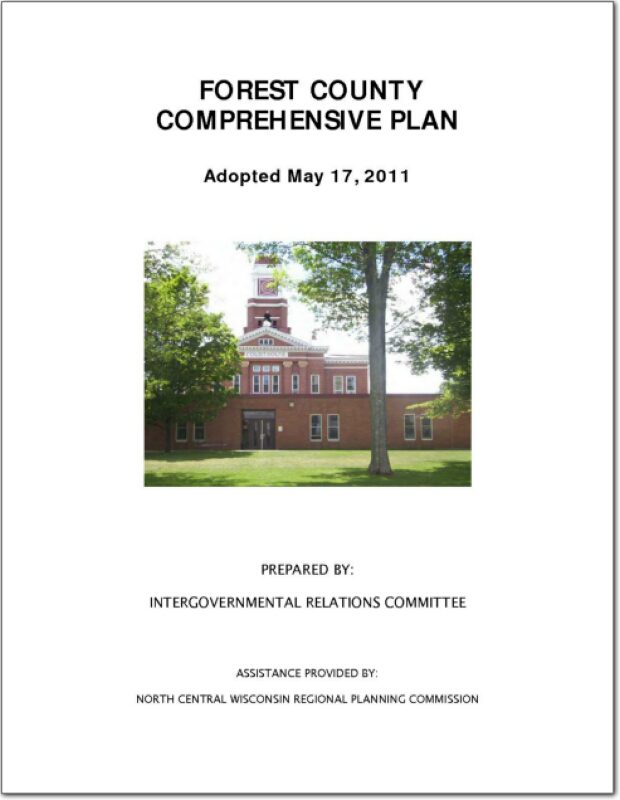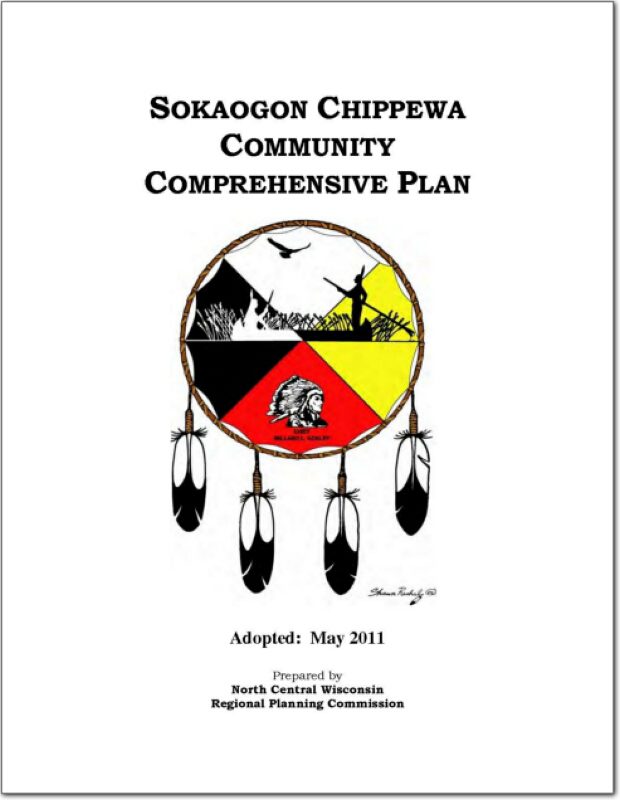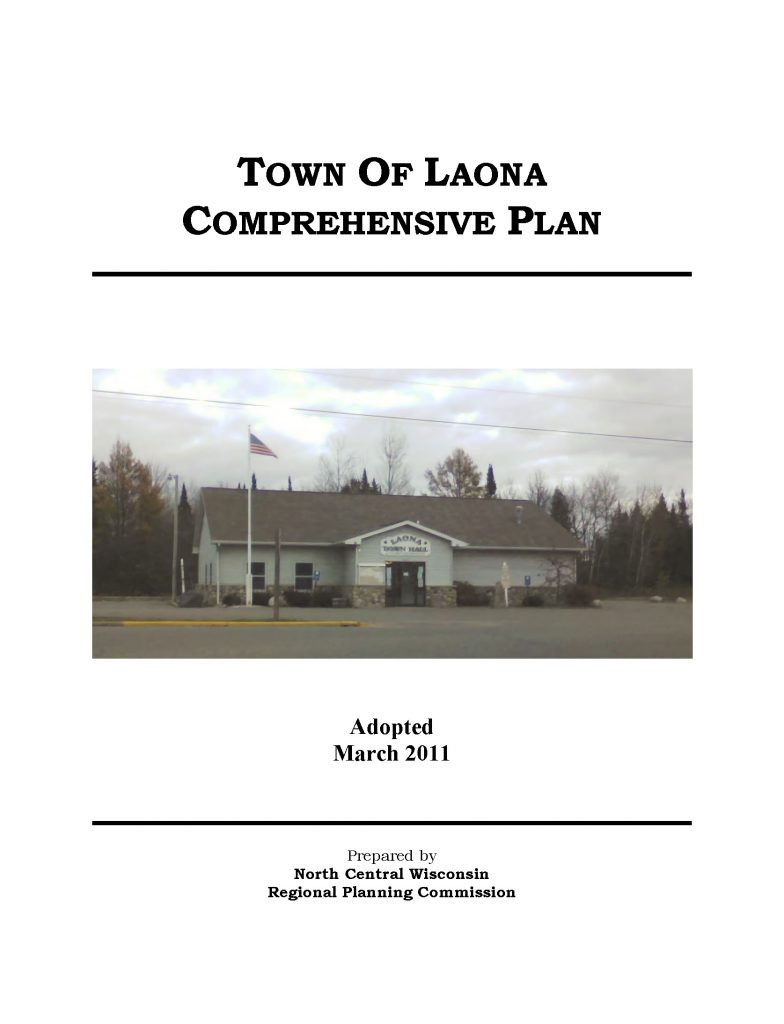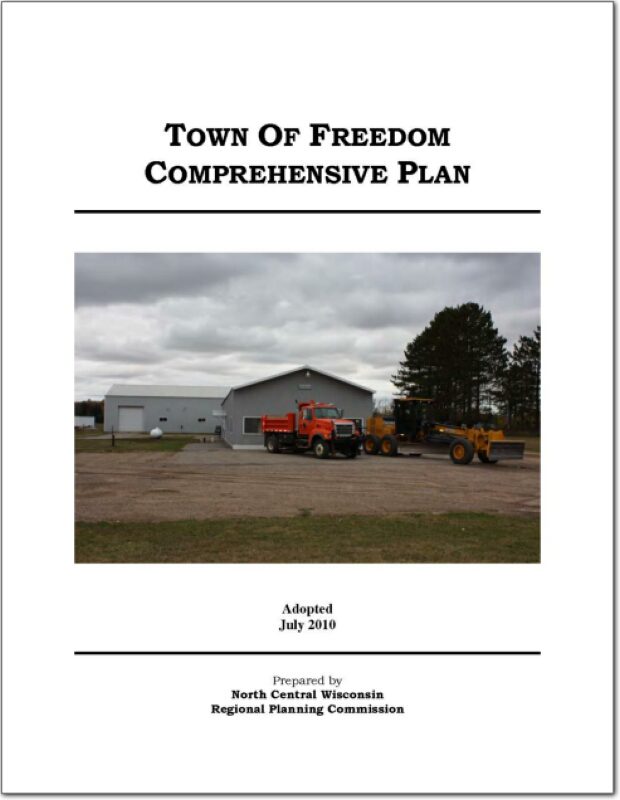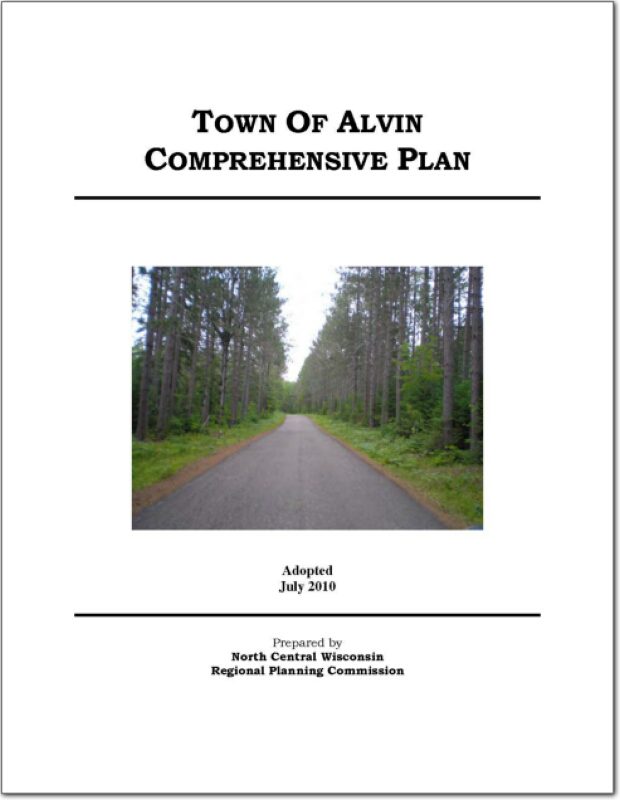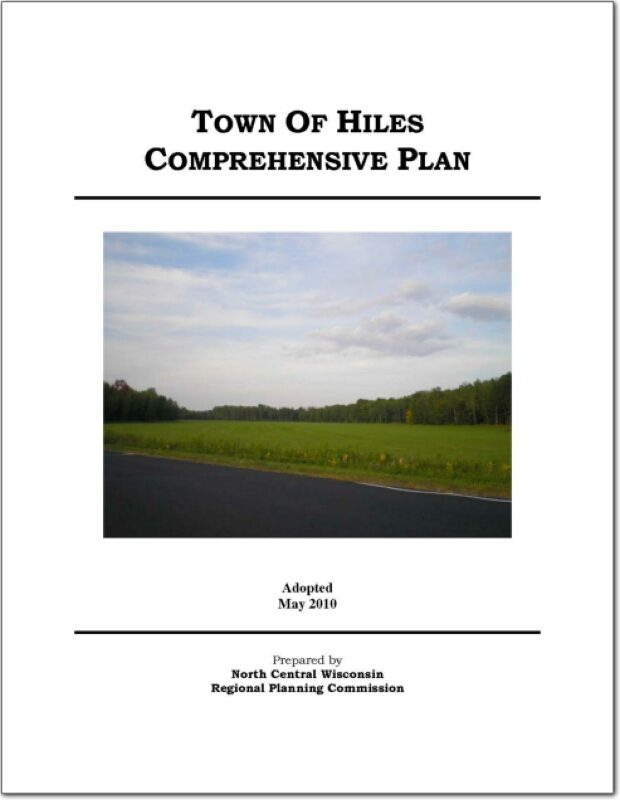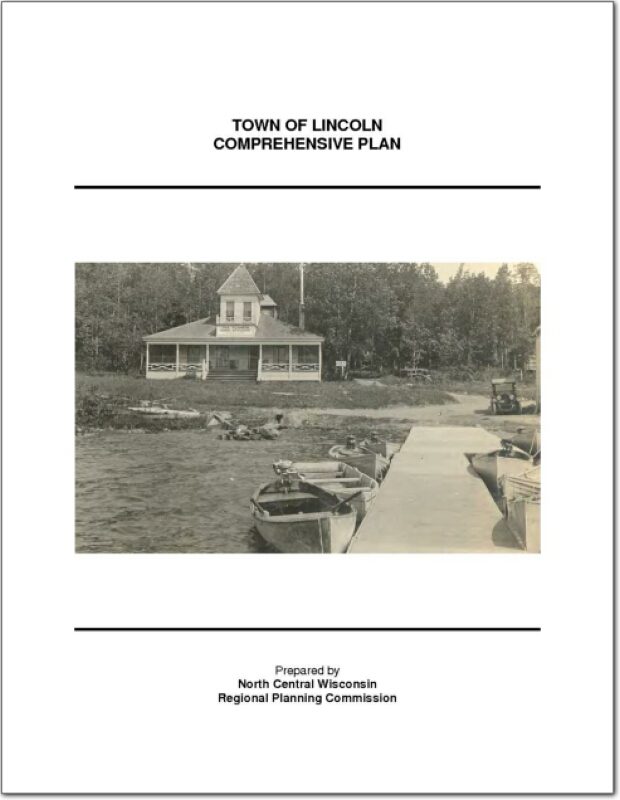Outdoor Recreation Plan
The primary purpose of this outdoor recreation plan is to provide continued direction toward meeting the current and future recreation needs of Forest County, Wisconsin
This Outdoor Recreation Plan (ORP) was prepared pursuant to Wisconsin Statute §23.30 Outdoor Recreation Program. This section serves “to promote, encourage, coordinate, and implement a comprehensive long-range plan to acquire, maintain, and develop for public use, those areas of the state best adapted to the development of a comprehensive system of state and local outdoor recreation facilities and services…”
